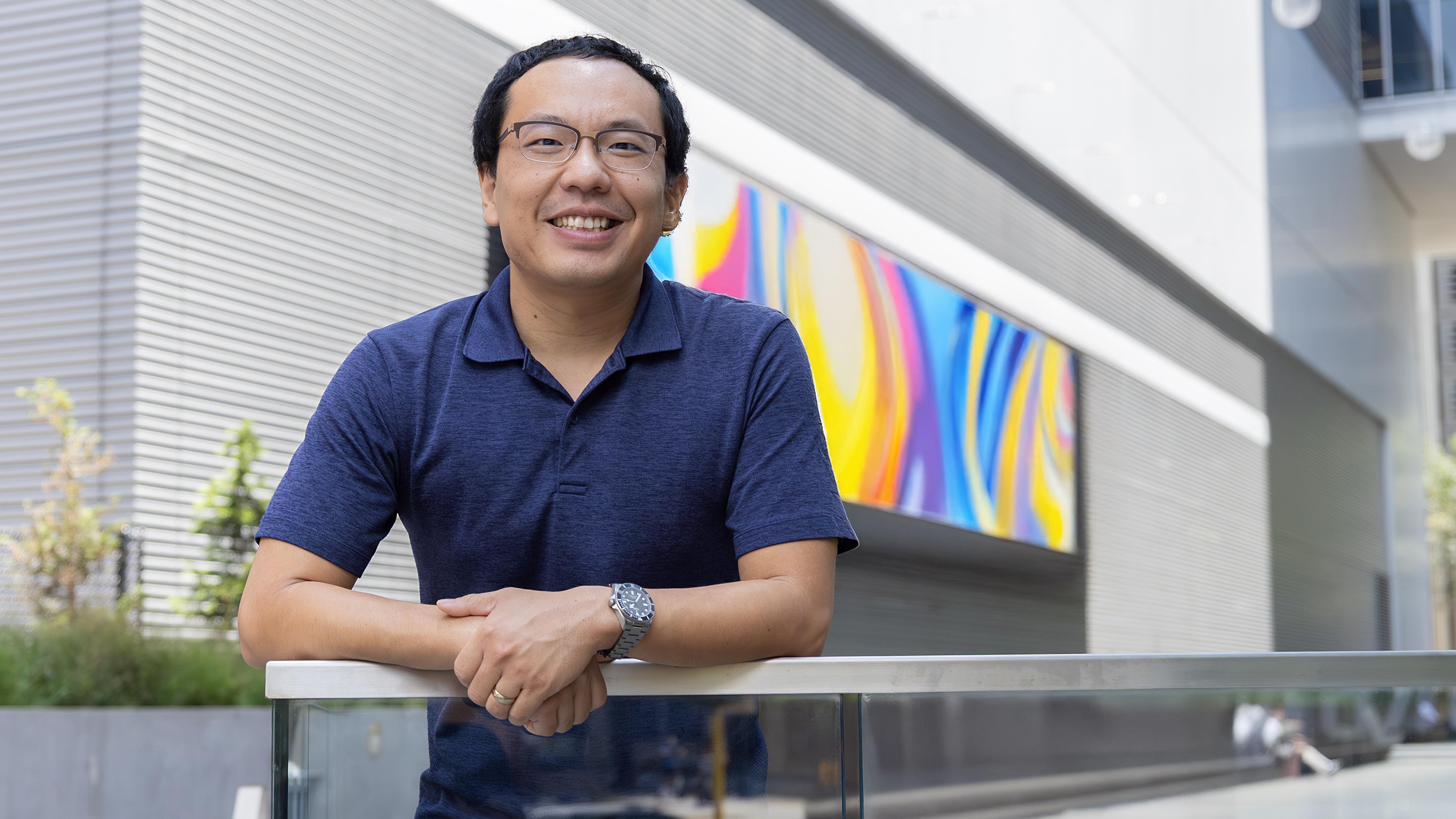
Brendan Saltaformaggio in The Conversation
SCP and ECE Associate Professor Brendan Saltaformaggio, along with ECE Ph.D. student David Oygenblik, wrote an editorial piece for The Conversation titled: "Forensics tool ‘reanimates’ the ‘brains’ of AIs that fail in order to understand what went wrong."
Sample:
From drones delivering medical supplies to digital assistants performing everyday tasks, AI-powered systems are becoming increasingly embedded in everyday life. The creators of these innovations promise transformative benefits. For some people, mainstream applications such as ChatGPT and Claude can seem like magic. But these systems are not magical, nor are they foolproof – they can and do regularly fail to work as intended.
AI systems can malfunction due to technical design flaws or biased training data. They can also suffer from vulnerabilities in their code, which can be exploited by malicious hackers. Isolating the cause of an AI failure is imperative for fixing the system.
But AI systems are typically opaque, even to their creators. The challenge is how to investigate AI systems after they fail or fall victim to attack. There are techniques for inspecting AI systems, but they require access to the AI system’s internal data. This access is not guaranteed, especially to forensic investigators called in to determine the cause of a proprietary AI system failure, making investigation impossible.
Sample:
From drones delivering medical supplies to digital assistants performing everyday tasks, AI-powered systems are becoming increasingly embedded in everyday life. The creators of these innovations promise transformative benefits. For some people, mainstream applications such as ChatGPT and Claude can seem like magic. But these systems are not magical, nor are they foolproof – they can and do regularly fail to work as intended.
AI systems can malfunction due to technical design flaws or biased training data. They can also suffer from vulnerabilities in their code, which can be exploited by malicious hackers. Isolating the cause of an AI failure is imperative for fixing the system.
But AI systems are typically opaque, even to their creators. The challenge is how to investigate AI systems after they fail or fall victim to attack. There are techniques for inspecting AI systems, but they require access to the AI system’s internal data. This access is not guaranteed, especially to forensic investigators called in to determine the cause of a proprietary AI system failure, making investigation impossible.


